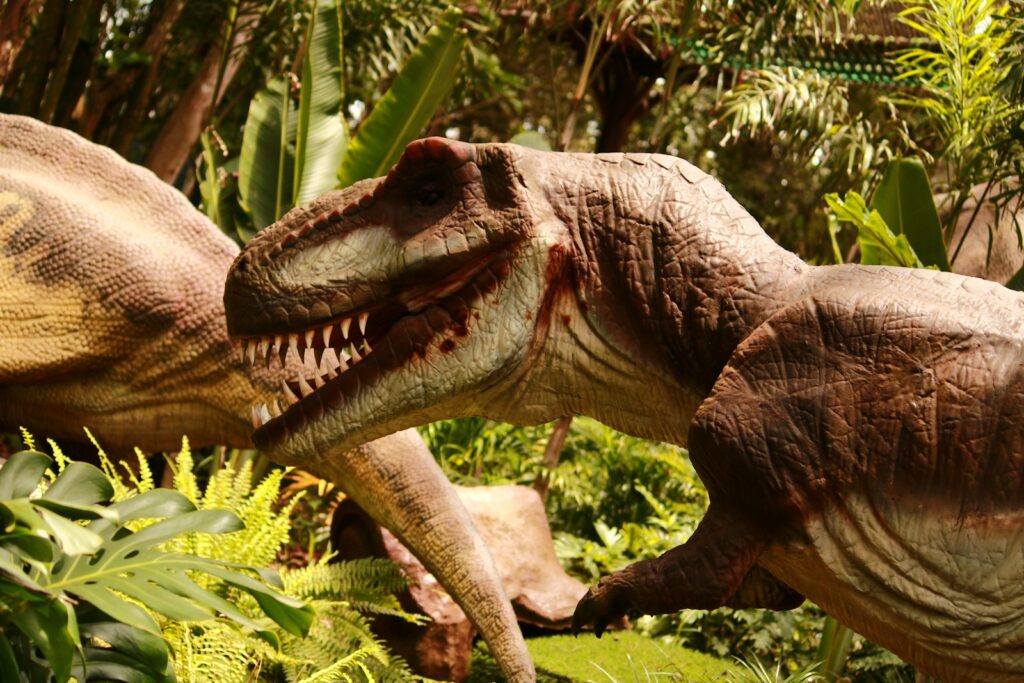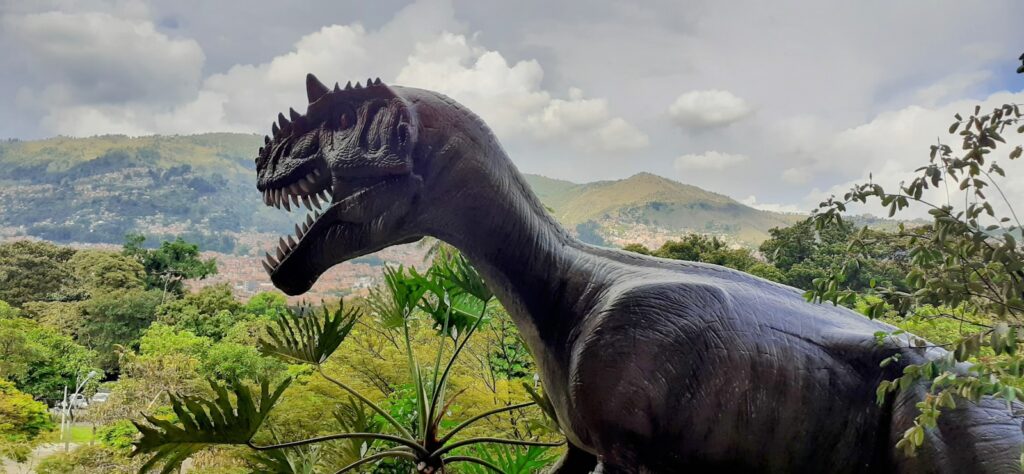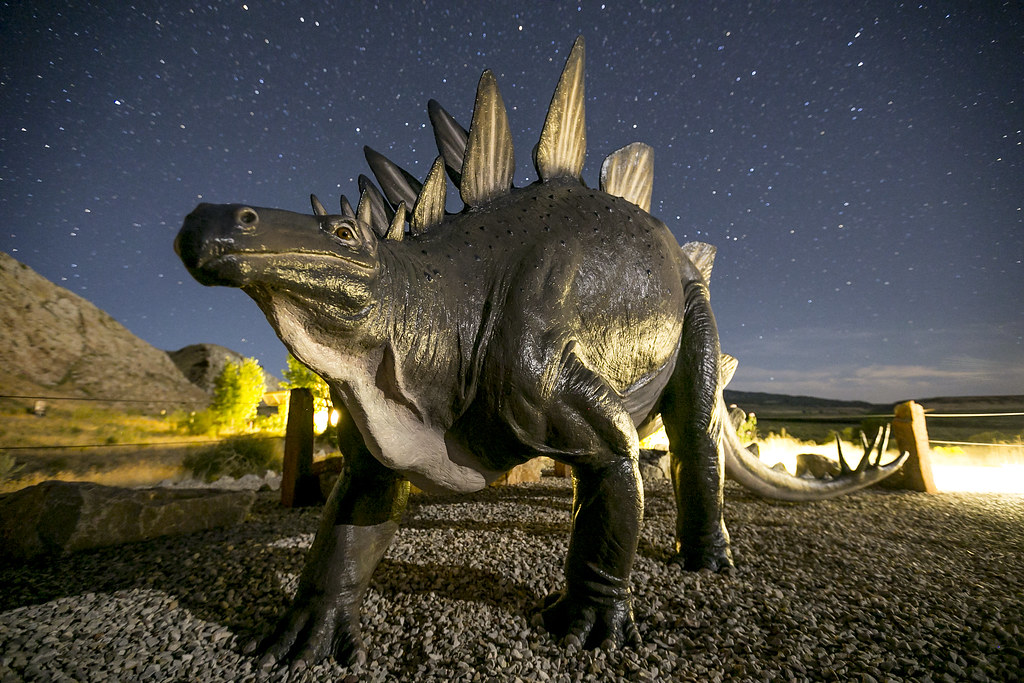Deep in the fossil record lies a treasure trove of mysteries that continue to baffle even the most brilliant paleontologists. While we’ve learned incredible amounts about dinosaurs since the first discoveries in the 1800s, some adaptations remain so peculiar that they defy conventional scientific explanation. These ancient creatures developed features so bizarre that they seem almost alien to our modern understanding of evolution and biology.
From feathered giants that couldn’t fly to armor plating that served no obvious defensive purpose, dinosaurs pushed the boundaries of what we thought possible in the animal kingdom. Scientists have proposed countless theories, but many of these adaptations remain as puzzling today as they were when first unearthed from ancient rock formations.
The Enigmatic Feathers of Yutyrannus
Picture a massive predator weighing over 1,400 kilograms, standing nearly 30 feet long, covered head to toe in fluffy feathers. This wasn’t some gentle giant – this was Yutyrannus huali, one of the largest feathered dinosaurs ever discovered. The sheer size of this beast makes its feather covering absolutely mind-boggling to scientists.
Unlike modern birds, Yutyrannus couldn’t fly, and its feathers weren’t structured for flight. The prevailing theory suggests these feathers provided insulation, but here’s where things get weird. Most large animals today, like elephants and rhinos, actually struggle with overheating and have evolved to lose hair and develop cooling mechanisms.
Why would a massive predator need a winter coat in what we believe was a relatively warm Cretaceous climate? Some researchers propose it lived in cooler regions, but fossil evidence doesn’t strongly support this theory. The feathers might have served as display structures for mating rituals, but that’s still just educated guesswork.
Carnotaurus and Its Useless-Looking Horns
Meet Carnotaurus, the “meat-eating bull” with two devil-like horns protruding from above its eyes. At first glance, you might think these horns were weapons, but here’s the kicker – they were positioned in the worst possible way for combat. These weren’t charging horns like those of modern bulls; they pointed more sideways than forward.
The bone structure of these horns suggests they were covered in keratin, making them relatively fragile compared to the robust horns of herbivorous dinosaurs. If another Carnotaurus tried to use these horns in a head-to-head battle, they’d likely break off. This has led scientists to scratch their heads about their actual purpose.
Some theories suggest they were purely for show, perhaps changing color during mating season or serving as species identification markers. Others propose they might have been used in ritualistic combat between males, similar to how some modern animals engage in non-lethal displays of dominance. But honestly, we’re still guessing.
The Mysterious Sail of Dracorex
Dracorex hogwartsia – yes, it’s really named after Hogwarts – sports one of the most peculiar skull formations in the dinosaur kingdom. This pachycephalosaur developed an elaborate crown of spikes and knobs that looks more like medieval armor than anything functional. The arrangement is so complex that scientists initially thought they’d discovered a completely new type of dinosaur.
What makes this adaptation particularly puzzling is that it seems to serve no obvious survival purpose. The spikes aren’t positioned for defense, they’re too delicate for ramming, and they don’t appear to be sexually dimorphic features. It’s as if evolution decided to get creative just for the sake of it.
Recent research suggests Dracorex might actually be a juvenile stage of other pachycephalosaurs, but this raises even more questions. Why would young dinosaurs develop such elaborate cranial decorations only to lose them as adults? The energy cost of growing these features must have been enormous for a developing animal.
Therizinosaurus: The Gentle Giant with Nightmare Claws
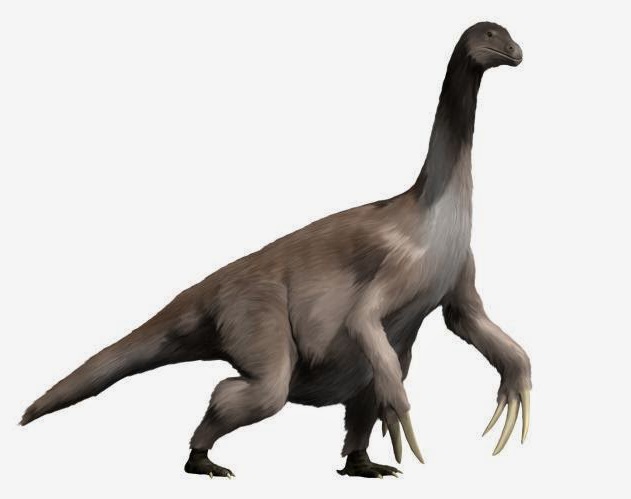
Imagine claws longer than baseball bats attached to a creature that ate nothing but plants. Therizinosaurus possessed the most massive claws in the dinosaur world – some reaching over three feet in length – yet this giant used them to strip leaves from trees. It’s like finding a lion with the teeth of a cow.
These aren’t just oversized gardening tools either. The claws were incredibly robust, with deep grooves and attachment points for massive muscles. They were clearly built for more than just reaching high branches. Some scientists propose they were defensive weapons against predators, but the positioning and structure suggest they were primarily used for pulling vegetation.
The real mystery is why evolution would produce such an extreme adaptation for herbivory. Modern plant-eaters have developed far more efficient feeding mechanisms without the enormous energy cost of maintaining such massive claws. It’s as if Therizinosaurus took the concept of “bigger is better” to an almost comical extreme.
The Bizarrely Backward Claws of Epidexipteryx
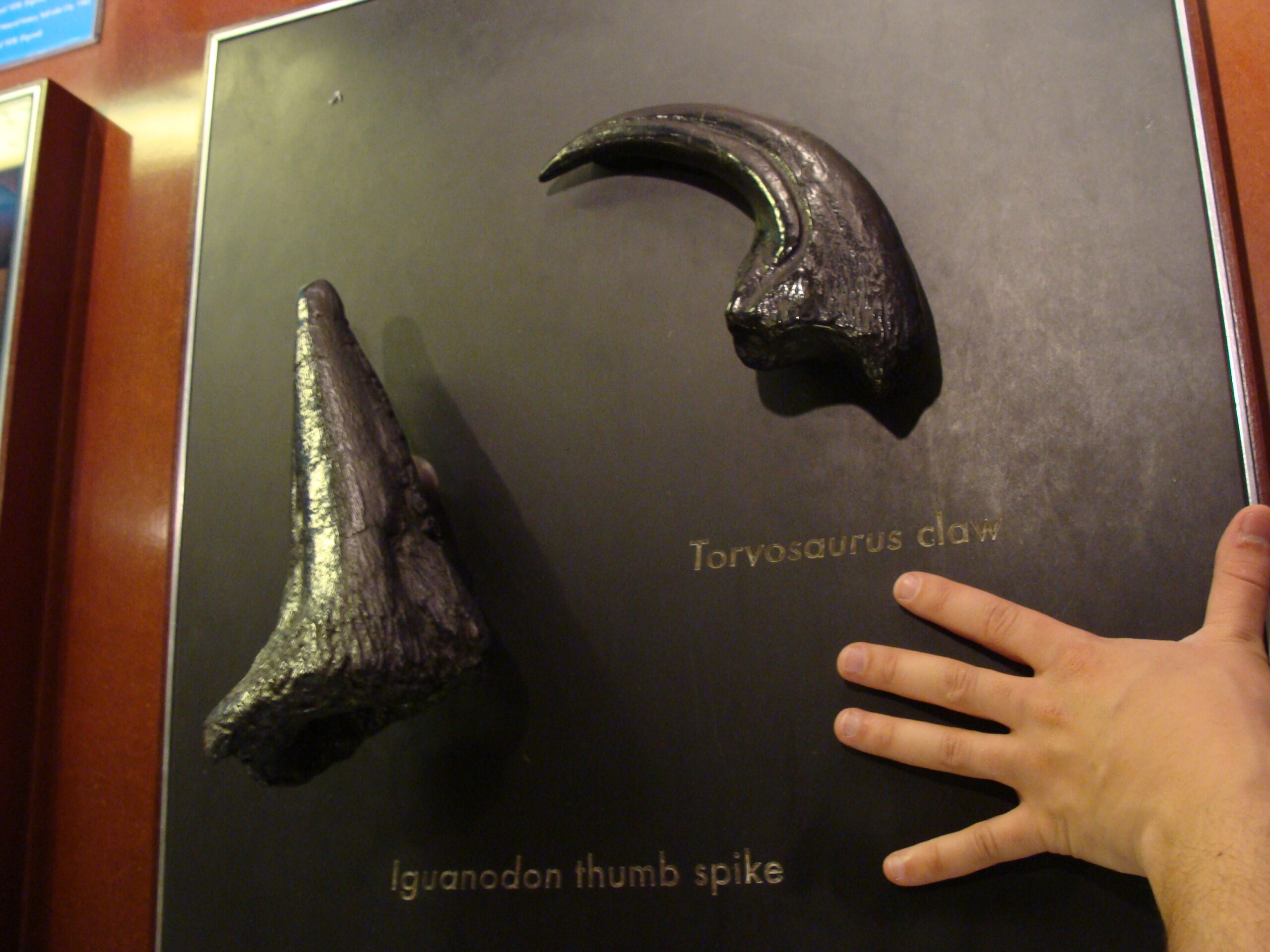
Epidexipteryx hui represents one of the weirdest combinations of features ever found in a dinosaur. This crow-sized creature had four incredibly long tail feathers that served no aerodynamic purpose, but even stranger were its hands. Unlike virtually every other dinosaur, Epidexipteryx had enormously elongated middle fingers with curved claws that pointed backward.
The finger proportions are unlike anything seen in modern animals. The third finger was nearly twice the length of the dinosaur’s entire arm, creating a bizarre silhouette that defies explanation. These weren’t weapons – they were too delicate and positioned all wrong for combat or prey capture.
Current theories suggest these fingers might have been used for probing tree bark for insects, similar to how modern aye-ayes use their elongated middle fingers. But the comparison isn’t perfect, and many scientists remain skeptical about this function. The energy cost of maintaining such specialized appendages seems disproportionate to their apparent utility.
Amargasaurus: The Dinosaur with Built-in Sails
Amargasaurus cazaui developed parallel rows of tall spines running along its neck and back, creating what looked like twin sails. Unlike its famous cousin Diplodocus, these spines weren’t just supportive structures – they were display features that may have been covered in skin or even primitive feathers. The positioning is absolutely unique among sauropods.
What makes this adaptation particularly puzzling is that it seems to have made the dinosaur less efficient at being a long-necked herbivore. The spines would have limited neck flexibility, potentially reducing the animal’s ability to browse for food. It’s a classic example of evolution apparently prioritizing form over function.
Some researchers suggest the sails could have been used for thermoregulation, but the positioning doesn’t support this theory very well. Others propose they were used for sound production, possibly allowing Amargasaurus to communicate over long distances. But again, we’re largely speculating about the true purpose of these remarkable structures.
The Puzzling Quill Knobs of Concavenator
Concavenator corcovatus shocked the paleontology world when researchers discovered clear evidence of quill knobs on its forearms – the same attachment points that modern birds use for flight feathers. The problem? This was a large theropod dinosaur that clearly couldn’t fly, lived millions of years before birds evolved flight, and had arms that were far too small for any kind of gliding.
The quill knobs indicate that Concavenator had well-developed feathers attached to its arms, but their function remains completely mysterious. They weren’t positioned for flight, they weren’t large enough for effective display, and they seem poorly suited for any kind of practical use. It’s like finding a fish with wings that can’t fly.
Some scientists propose these arm feathers might have been used for brooding eggs or protecting young, similar to how some modern birds use their wings to shield their offspring. Others suggest they could have been used in mating displays or species recognition. But honestly, every theory feels like we’re trying to solve a puzzle with missing pieces.
The Defensive Nightmare of Sauropelta
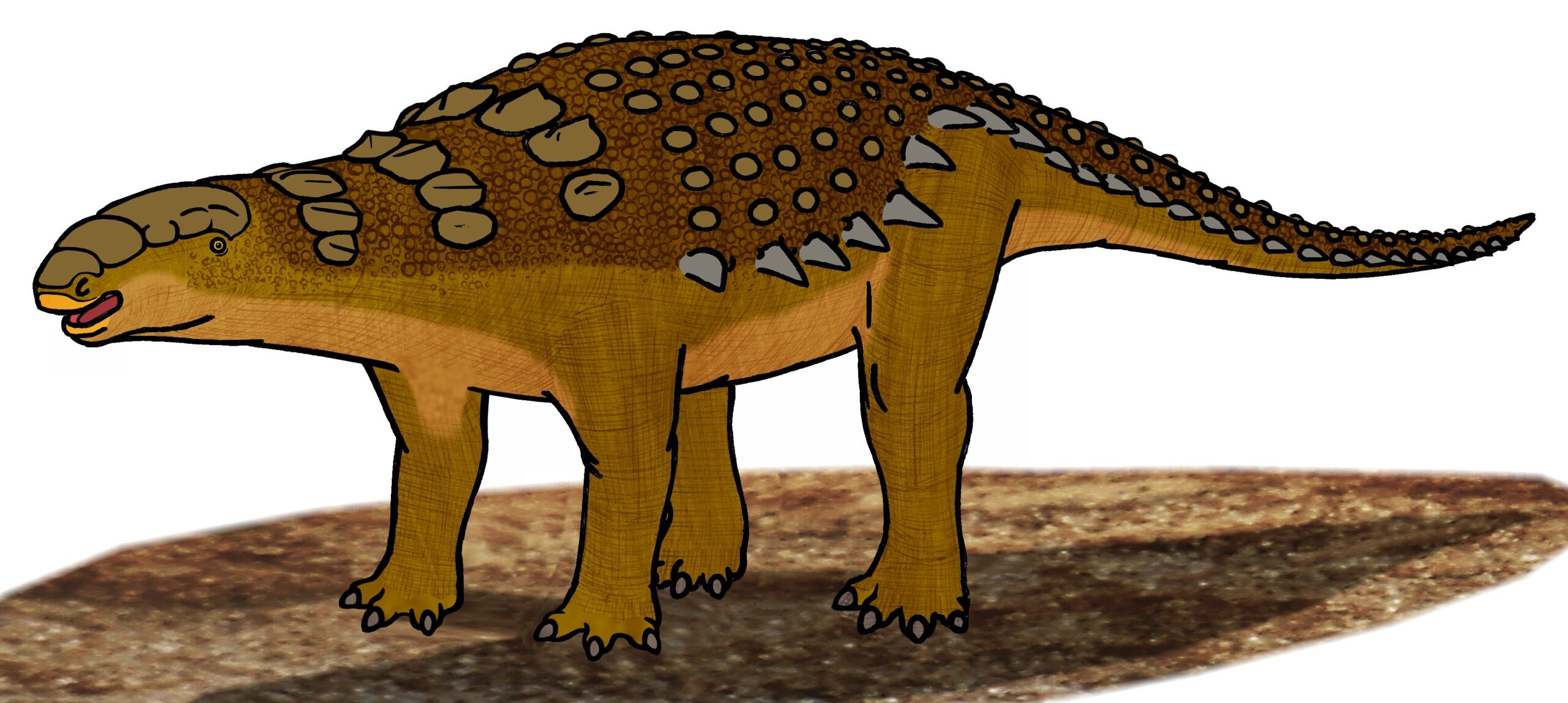
Sauropelta edwardsorum was basically a walking medieval fortress, covered in an incredibly complex arrangement of spikes, plates, and armor that seems almost over-engineered for defense. The sheer variety of defensive structures on this ankylosaur is mind-boggling – it’s as if evolution couldn’t decide which type of armor worked best, so it used them all.
What makes this particularly strange is that the armor arrangements don’t follow any logical pattern for defense against known predators. Some spikes point forward, others backward, and some straight up. The energy cost of growing and maintaining such elaborate defenses must have been enormous, yet the survival benefit isn’t immediately obvious.
Recent analysis suggests that much of this armor might have been for display rather than defense, but that raises even more questions. Why would a heavily armored herbivore need such elaborate display structures? The complexity of Sauropelta’s armor suggests there were selective pressures we don’t fully understand operating in its environment.
Parasaurolophus: The Musical Mystery
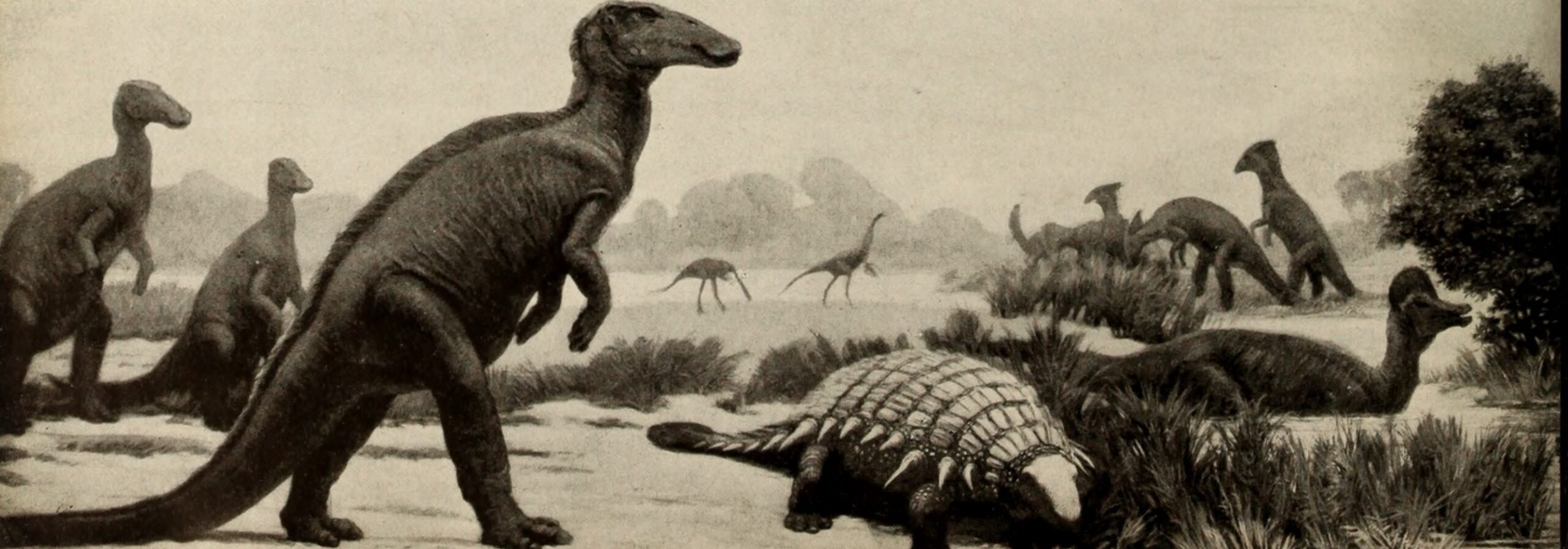
Parasaurolophus developed one of the most sophisticated sound-producing organs in the dinosaur world – a complex, curved crest that functioned like a living trumpet. Computer modeling has revealed that different species could produce distinct musical notes, suggesting a level of acoustic communication that rivals modern birds. But here’s the weird part: the energy cost of developing these musical abilities seems way out of proportion to their apparent benefits.
The crest structures are incredibly complex, with internal chambers and passages that required precise bone growth to function properly. Any developmental error would have rendered the entire system useless. It’s like evolution decided to build a symphony orchestra in dinosaur form, despite the enormous risks and costs involved.
Some scientists propose that these musical abilities were crucial for long-distance communication in dense forest environments. Others suggest they were used for complex mating rituals that required sophisticated acoustic displays. But the level of complexity suggests these dinosaurs had social structures and behaviors that we’re only beginning to understand.
The Inexplicable Armor of Borealopelta
Borealopelta markmitchelli represents one of the best-preserved armored dinosaurs ever found, and what we’ve learned from studying it is absolutely baffling. This ankylosaur had such effective camouflage that it could blend into its environment despite being the size of a small car. The preservation is so perfect that we can still see the original coloration patterns after 110 million years.
The strange thing is that Borealopelta was heavily armored AND camouflaged, which seems like overkill for a herbivore. It’s like wearing both a bulletproof vest and an invisibility cloak to a garden party. The dual defensive strategy suggests that predator pressure was so intense that evolution developed multiple backup systems.
The camouflage patterns indicate that Borealopelta was lighter on the bottom and darker on top, a countershading technique used by many modern animals. But applying this to a tank-like armored dinosaur seems almost comical. What predator could possibly pose such a threat that armored camouflage became necessary?
The Bizarre Proportions of Gigantoraptor
Gigantoraptor erlianensis broke every rule we thought we knew about theropod dinosaurs. This massive predator was built like a sprinter despite weighing over 1,400 kilograms, with proportionally longer legs than much smaller dinosaurs. It’s as if someone took a cheetah and scaled it up to the size of an elephant while maintaining its running proportions.
The biomechanics of Gigantoraptor’s build suggest it could potentially run faster than dinosaurs one-tenth its size, which seems to defy the laws of physics. Large animals typically become slower and more cumbersome as they grow, but Gigantoraptor appears to have maintained its agility despite its massive size.
What makes this even more puzzling is that we’re not sure what ecological niche required such extreme adaptations. Was it chasing prey that required incredible speed? Was it running from even larger predators? The fossil evidence doesn’t provide clear answers, leaving us with a dinosaur that seems almost too good to be true.
The Mysterious Metabolism of Polar Dinosaurs
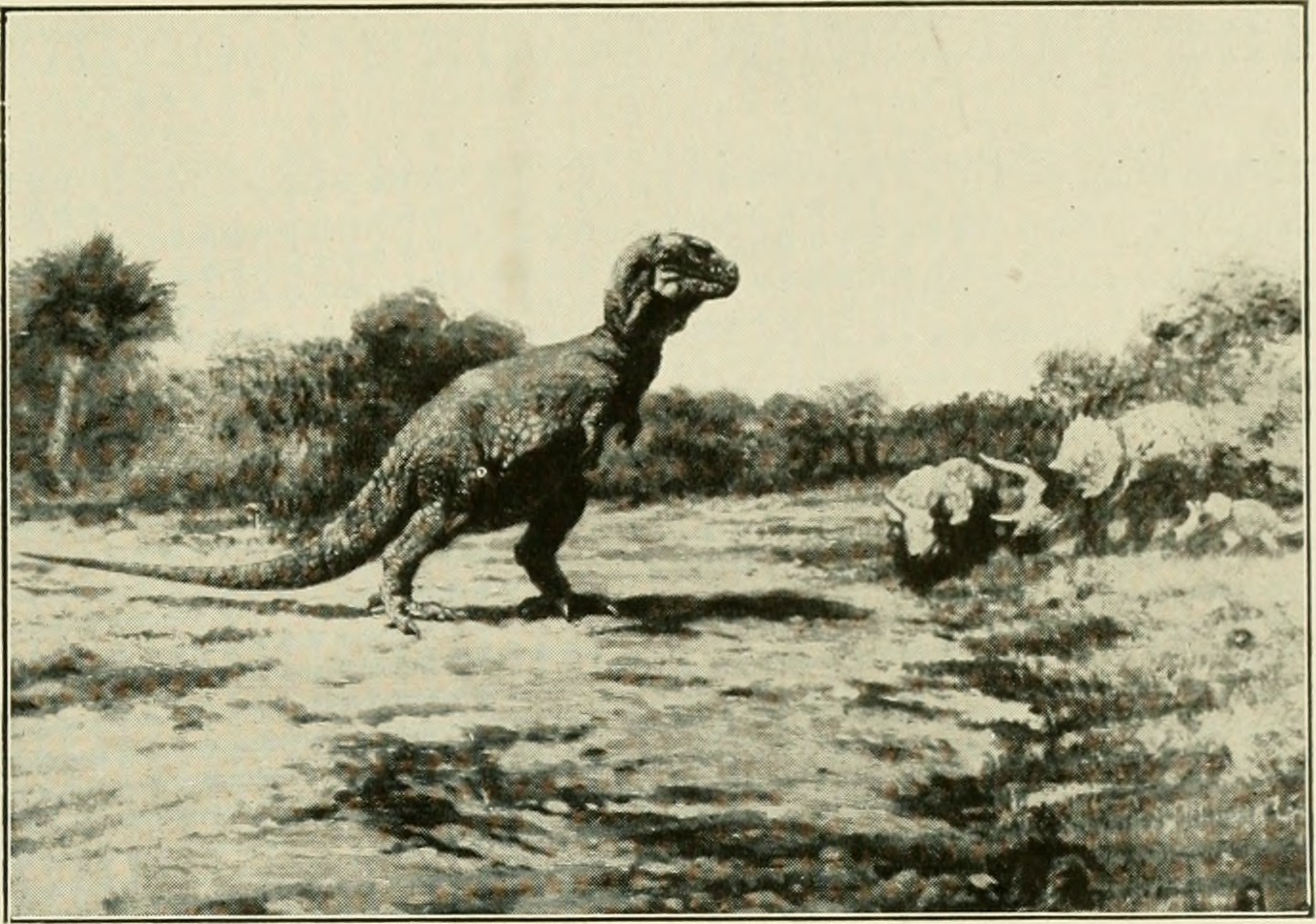
Recent discoveries of dinosaur fossils in Alaska and Antarctica have revealed species that lived in regions with months of winter darkness and freezing temperatures. These polar dinosaurs developed adaptations that challenge our understanding of reptilian physiology, including possible warm-blooded metabolism and sophisticated behavioral adaptations for surviving extreme cold.
The presence of large dinosaurs in these regions suggests they had metabolic capabilities far beyond what we see in modern reptiles. Some species appear to have been active year-round in conditions that would kill any cold-blooded animal. It’s like discovering that ancient crocodiles could survive in the Arctic.
What’s particularly mysterious is how these dinosaurs managed to find enough food during the long polar winters. Plant growth would have been severely limited, yet large herbivores somehow survived. This suggests complex migration patterns or food storage behaviors that we’re only beginning to understand.
The Evolutionary Enigma of Transitional Forms
Perhaps the most mysterious aspect of dinosaur evolution is the apparent speed at which some of these bizarre adaptations appeared in the fossil record. Many of the strangest features seem to have evolved relatively quickly, without clear transitional forms showing gradual development. It’s as if evolution occasionally decided to throw caution to the wind and experiment with radical new designs.
Take the development of flight in dinosaurs – the gap between clearly flightless theropods and fully capable fliers is surprisingly small in geological terms. The intermediate forms we do find often have combinations of features that seem almost experimental, as if evolution was trying different approaches simultaneously.
This rapid evolution of complex adaptations suggests that environmental pressures during the Mesozoic Era were more intense and variable than we previously thought. Climate changes, ecosystem shifts, and coevolution with other species may have driven innovation at a pace that modern ecosystems rarely experience.
The Continuing Mystery of Dinosaur Behavior
Despite decades of research, we still can’t definitively explain many dinosaur behaviors that their bizarre adaptations were designed to support. The social structures, mating rituals, and survival strategies of these ancient creatures remain largely mysterious. It’s like trying to understand human culture by examining only our bones and tools.
Recent discoveries continue to challenge our assumptions about dinosaur behavior and intelligence. Evidence suggests that some species had complex social hierarchies, sophisticated communication systems, and even possible cultural transmission of learned behaviors. These revelations make their strange adaptations even more puzzling.
The more we learn about dinosaurs, the more we realize how much we don’t know. Each new discovery raises more questions than it answers, suggesting that the age of dinosaurs was far more complex and mysterious than we ever imagined. The bizarre adaptations we’ve uncovered may represent only the tip of the iceberg in terms of the incredible diversity of life that once existed on Earth.
Conclusion: The Enduring Mysteries of Deep Time
These five bizarre dinosaur adaptations represent just a fraction of the mysteries that continue to emerge from fossil discoveries around the world. Each strange feature tells a story of environmental pressures, evolutionary experiments, and survival strategies that pushed the boundaries of what we thought possible in the natural world.
The fact that scientists still can’t fully explain these adaptations after decades of research highlights the incredible complexity of ancient ecosystems and the limits of our current understanding. These dinosaurs lived in a world so different from our own that their solutions to survival challenges often seem almost alien to our modern perspective.
Perhaps the most humbling aspect of studying these ancient mysteries is realizing that millions of years of evolution can produce solutions that our best scientific minds still can’t fully comprehend. These dinosaurs weren’t just successful – they were successful in ways that continue to challenge our understanding of biology, physics, and the very nature of life itself.
What other incredible adaptations are still waiting to be discovered in the fossil record, and how many more of our assumptions about ancient life will they shatter?

